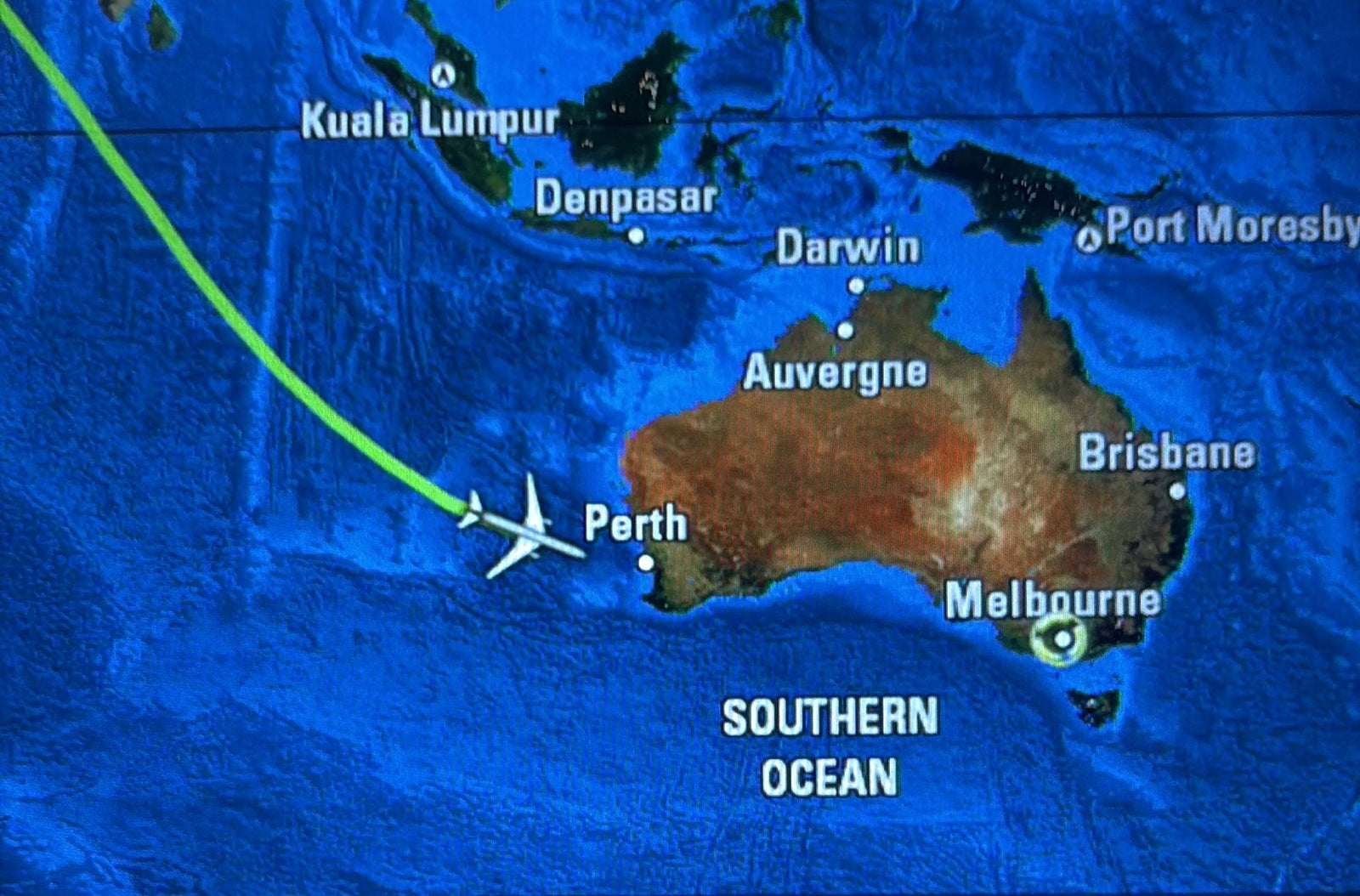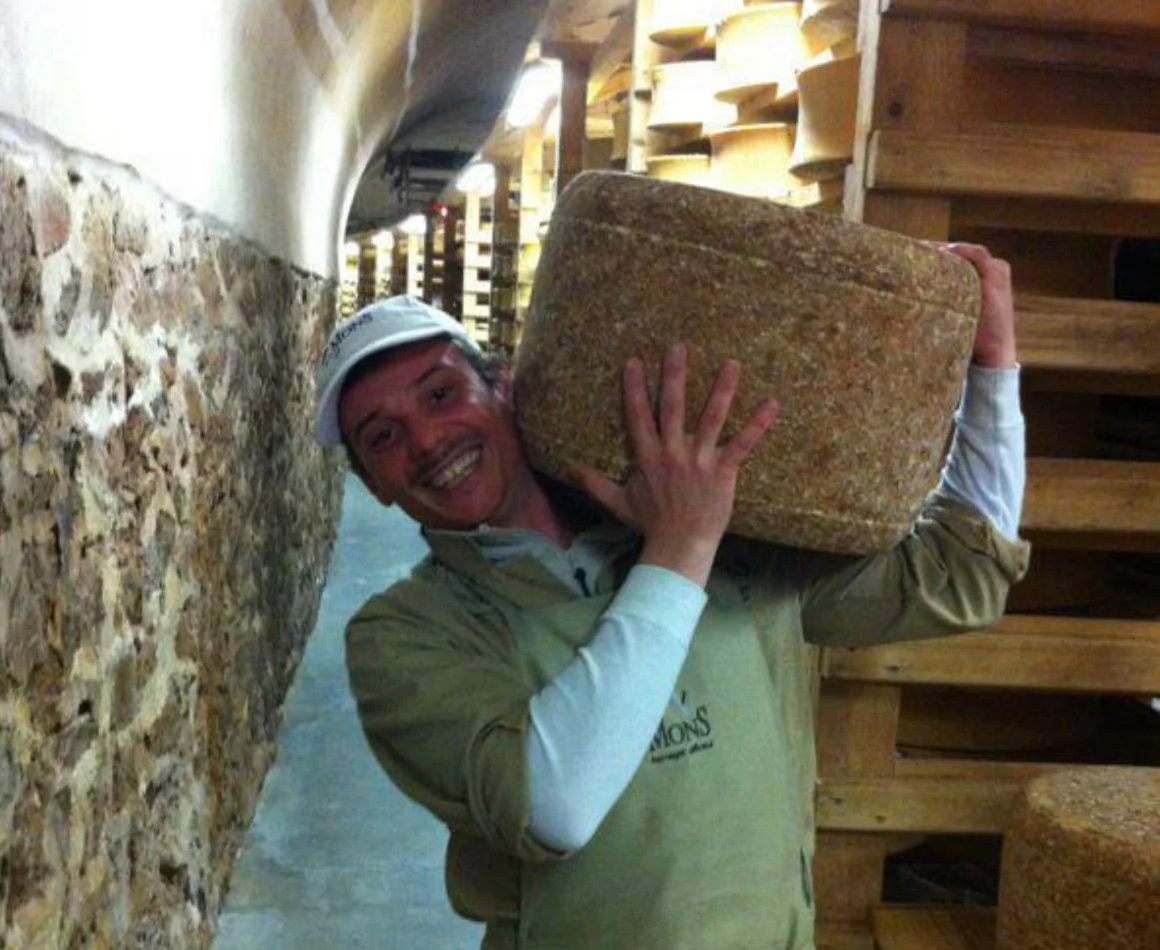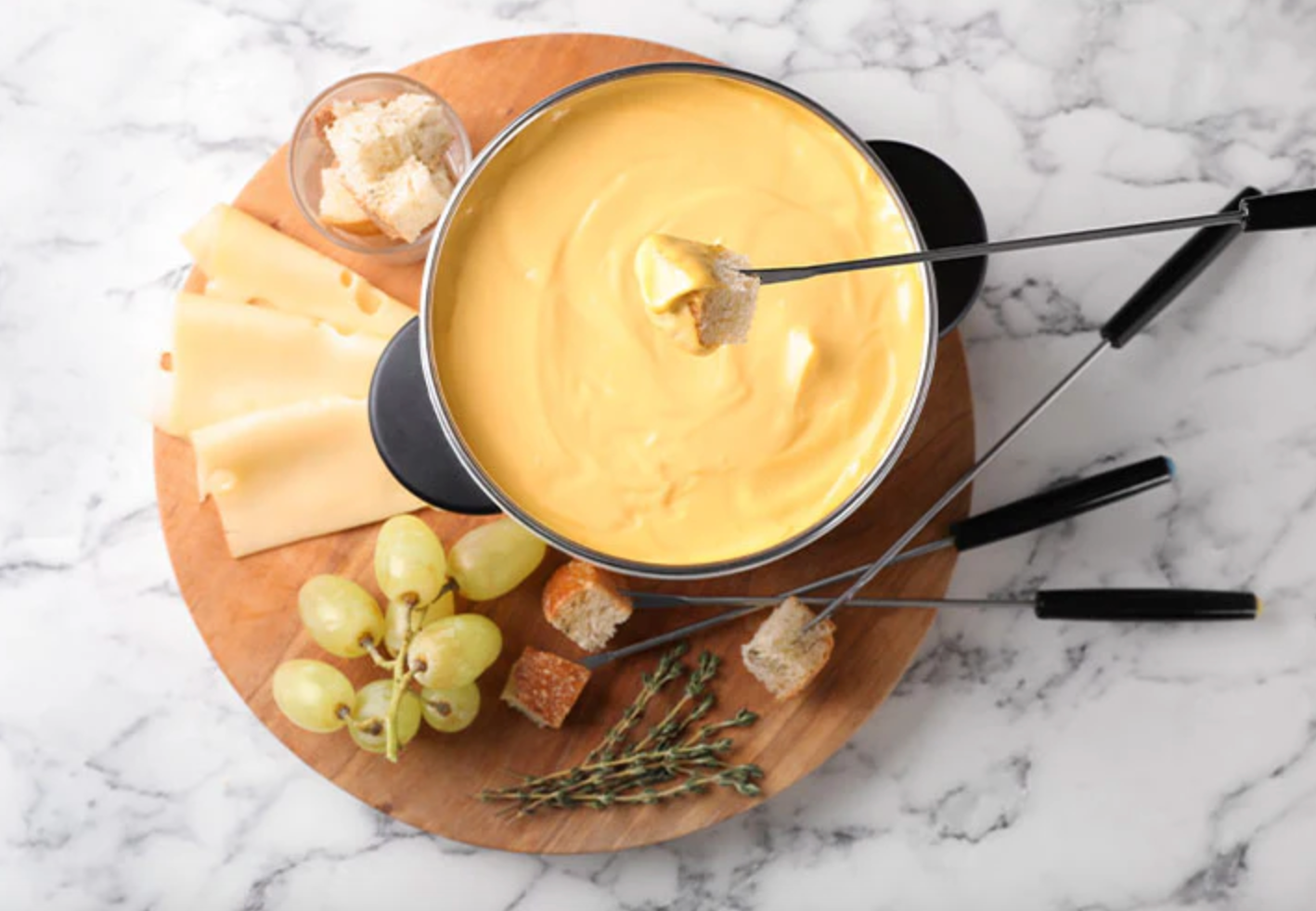SELECTED BY NEAL’S YARD DAIRY
Five simple words - selected by Neal’s Yard Dairy. I’ve written those words more times than I can count. In theory, I thought I knew what they meant. Just recently, I got to see them in action because when a cheesmonger visits London, Neal’s Yard Dairy is pretty much up there with the Tower of London and Buckingham Palace as places to see.
On my last trip to the UK four years ago, I visited the iconic Borough Market shop to stock up on supplies before a canal boat trip. In that store, whole cheeses and large wedges are stacked high on shelves and each inch of counter space is well packed. The staff are friendly, handing out tastings like a benevolent candy man.
This trip, thanks to some fabulous insider contacts, I had been granted a behind-the-scenes tour of their maturation room and packing facility in Bermondsey, south London. Earlier in the week, I had been emailed directions - turn left coming out of the tube station, look for the pub on the corner, turn right and go under the railway arch. True to promise, there it was, a simple sign of white lettering on dark navy blue - Neal’s Yard Dairy Arch 6 Visitor’s Entrance.
Upon entering this Aladdin’s cave, Miranda greets us warmly, ushering from the sunshine into the cool, bright reception area. Immediately, I’m greeted by the welcoming smell of fine cheese. You know the one, don’t pretend you don’t.
We sign in amongst the pleasant hubbub of staff going about their very important cheese-related business. Then we don extra layers as advised (it can get decidedly cool in the fridges and cool rooms), put on hair nets, shoe covers, and long white coats. Next we sanitise our phones and scrub our hands. Sanitation is serious business.
Stepping into the next archway, Miranda introduces us to Gareth, the Cheeseshift Manager, who specialises in hard cheese maturation. Immediately, he apologises for not shaking hands, as he’s part way through brushing down his charges.
What exactly does a cheeseshift manager do, apart from brush down cheese?
For the most part he is joining all the dots together, from the work the farmer and cheese maker have done to putting that side by side with analysis in the maturing room and, of course, tasting a lot of cheese. He goes on to explain -
“A big goal for us in hard cheese right now is our benchmarking project. The idea is to compile all of the basic information you’d want to know about the cheese. That includes where it comes from, a little about the farm, but also key metrics that are important for that style of cheese such as scald temperature in the make, what kind of starter they’re using, anything that might be pertinent to the work we’re doing here. We do our analysis and feedback to the farmer. The data benchmarking we’re doing - like moisture and pH, how that varies cheese to cheese, batch to batch - gives us a baseline to further analyse future batches. So, if we see something deviating from the norm then that’s a red flag for us.”
He smiles while he’s talking and I can see he’s a man who clearly loves his job. We leave him to get on with the work while Miranda takes us to try some cheese.
Sauntering over to the shelves and shelves of Colton Bassett Stilton, I confess that Stilton was my gateway cheese. (In fact, listening back to the recorded interview now, I can hear my voice change as I get noticeably more excited.) While working in my first retail cheese job, my cheese guru opened a whole Stilton right in front of me and gave me a taste. It was revelatory. A sample from freshly opened, whole cheese delivered a whole world of flavour. It was sweet, kind of fruity, creamy yet substantial. I was tasting a plethora of flavours I didn’t know was possible in blue cheese. Ever since, I’ve been hooked.
Miranda peels back the wrapper and inserts the first iron. She offers it up, directing how to section off the innermost section of the core. I feel honoured but then I drop a small nugget of cheese onto the ground. “Don’t worry,” she says. “We’re experts in cleaning as well as cheese.”
For several moments, I’m quiet. I take in what is happening right now. I’m in Neals’ Yard Dairy in London eating fresh Colton Bassett Stilton that my colleagues in Australia haven’t even tried yet. And of course, it doesn’t stop there. She takes a sample of another Stilton, just to see if there’s any variation. It’s just as delicious, what can I tell you.
From there we taste Stichelton, then onto Montgomery’s Cheddar made with pasteurised milk for those export markets that can’t take raw milk cheese. Why yes, until recently that meant Australia. Read here for more details on that.
I then get to taste several other raw milk cheeses that Australians will soon be enjoying: Montgomery’s Cheddar, Westcombe Cheddar, Kirkham’s Lancashire, Appleby’s Cheshire.
From hard cheese, we go on to the soft cheese fridges where we taste a creamy goat cheese from County Clare, Ireland, then it’s a delicate, raw milk goat cheese from West Dorset made seasonally from the milk of just 19 goats and so on and so forth. I think you get the picture. The two hours pass swiftly and soon we’re at the end of the tour. I’m beaming. Time for a pint, methinks.
Words and images - Mandy Kennedy



